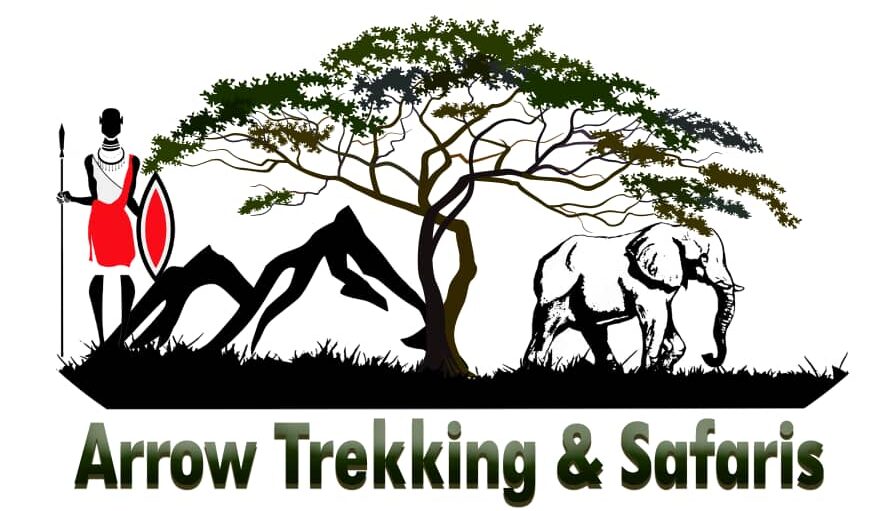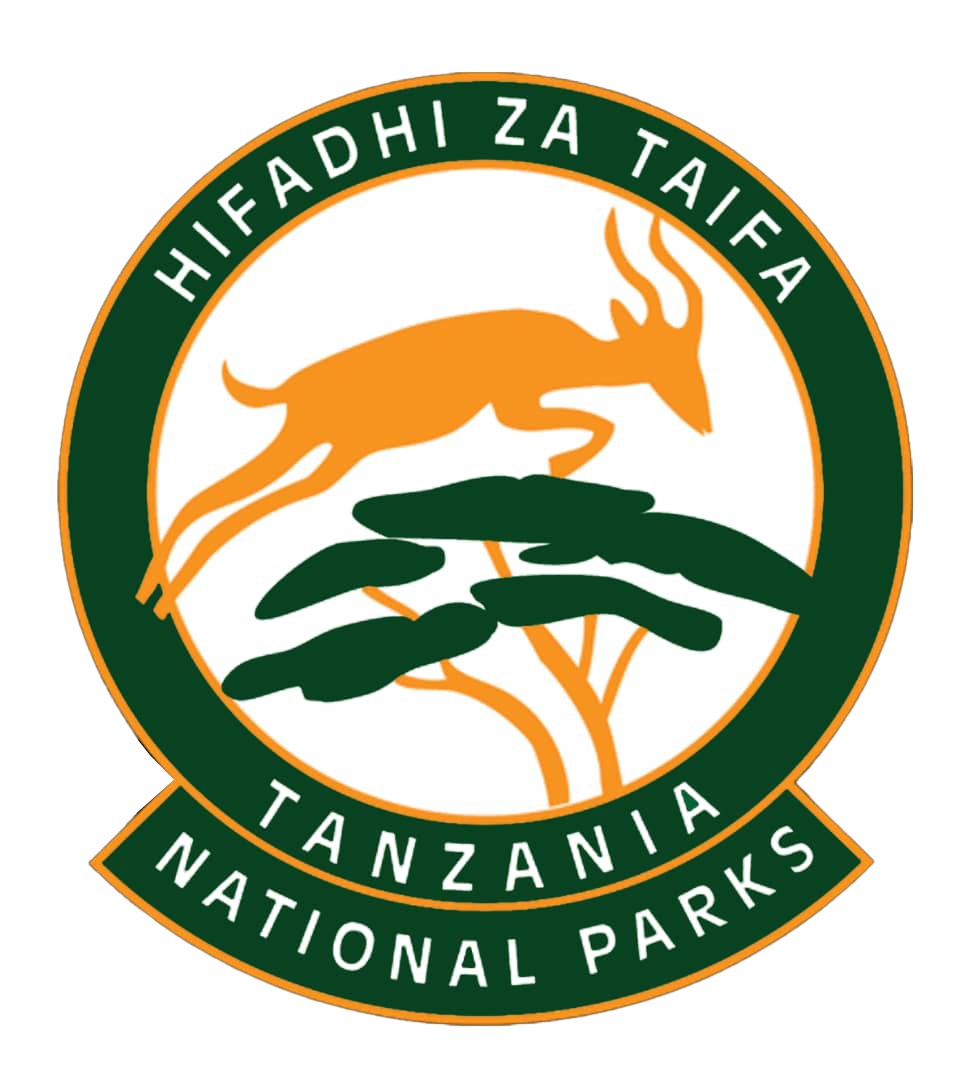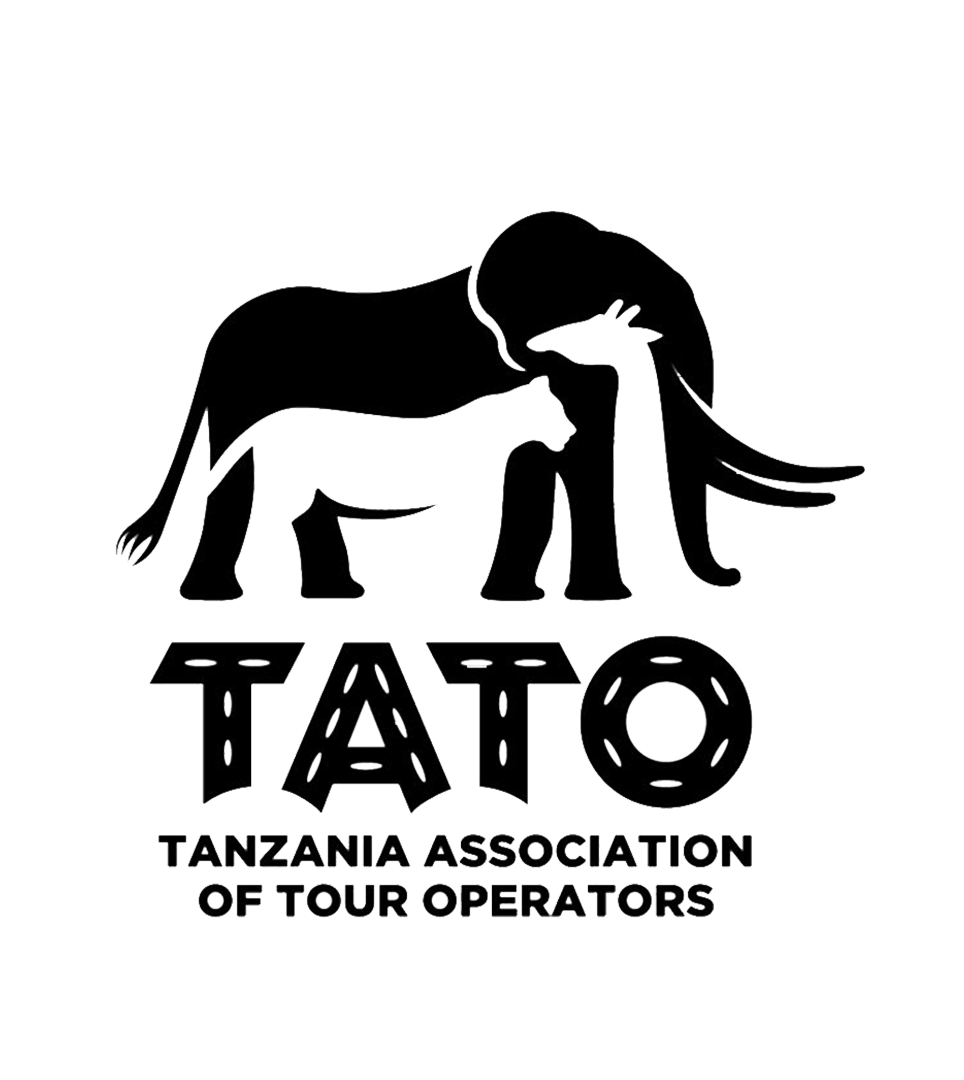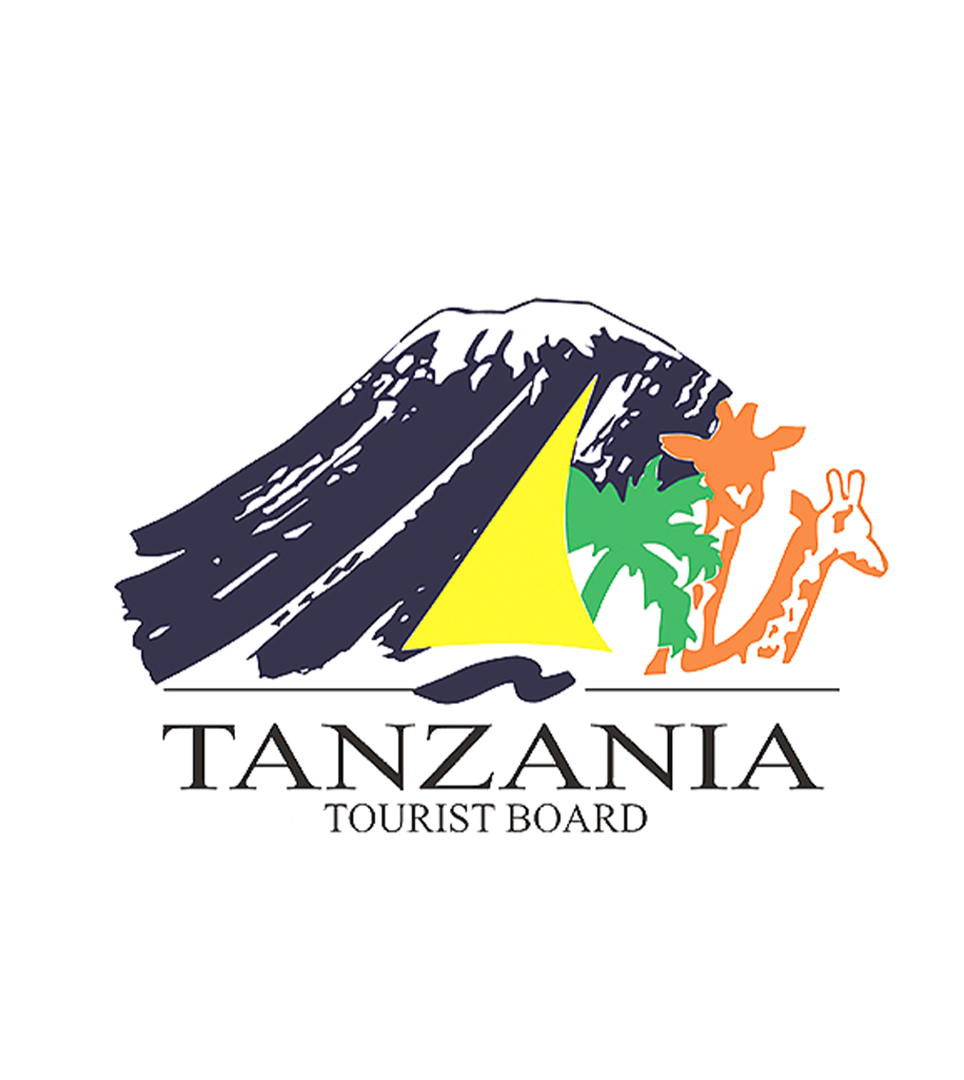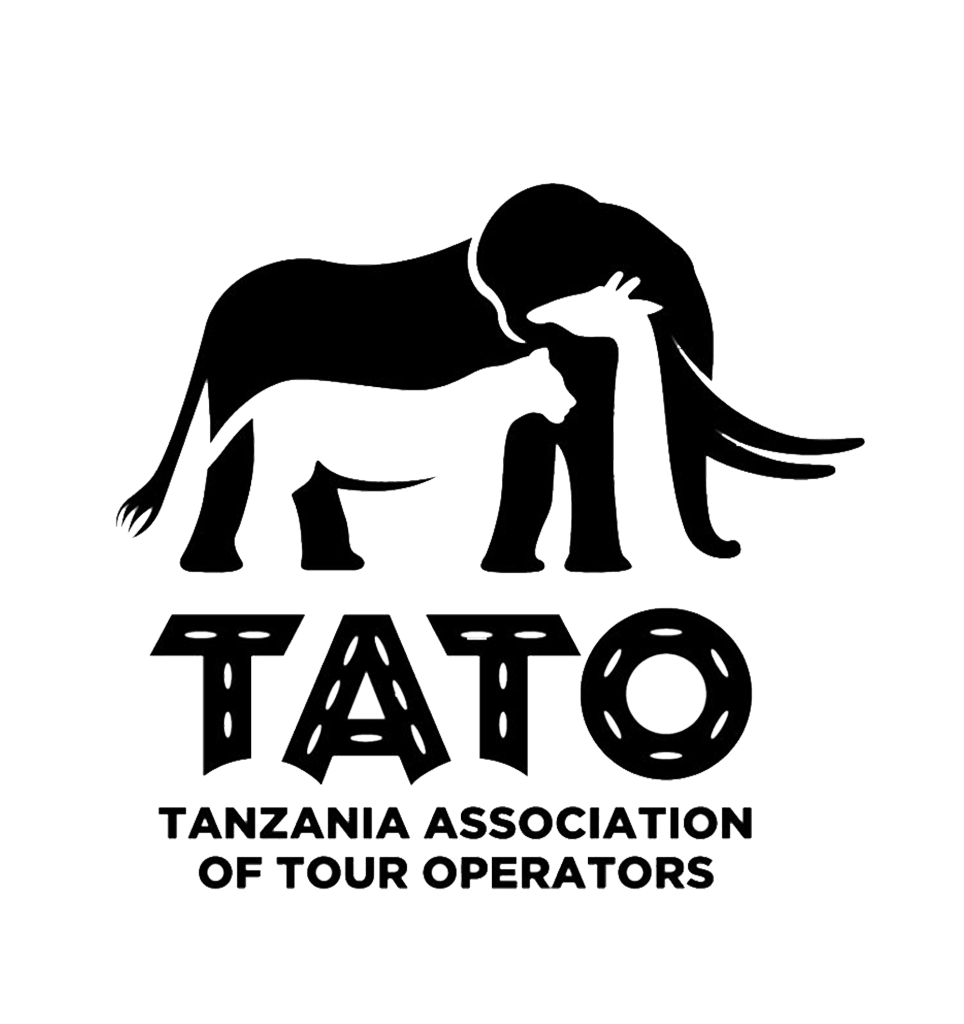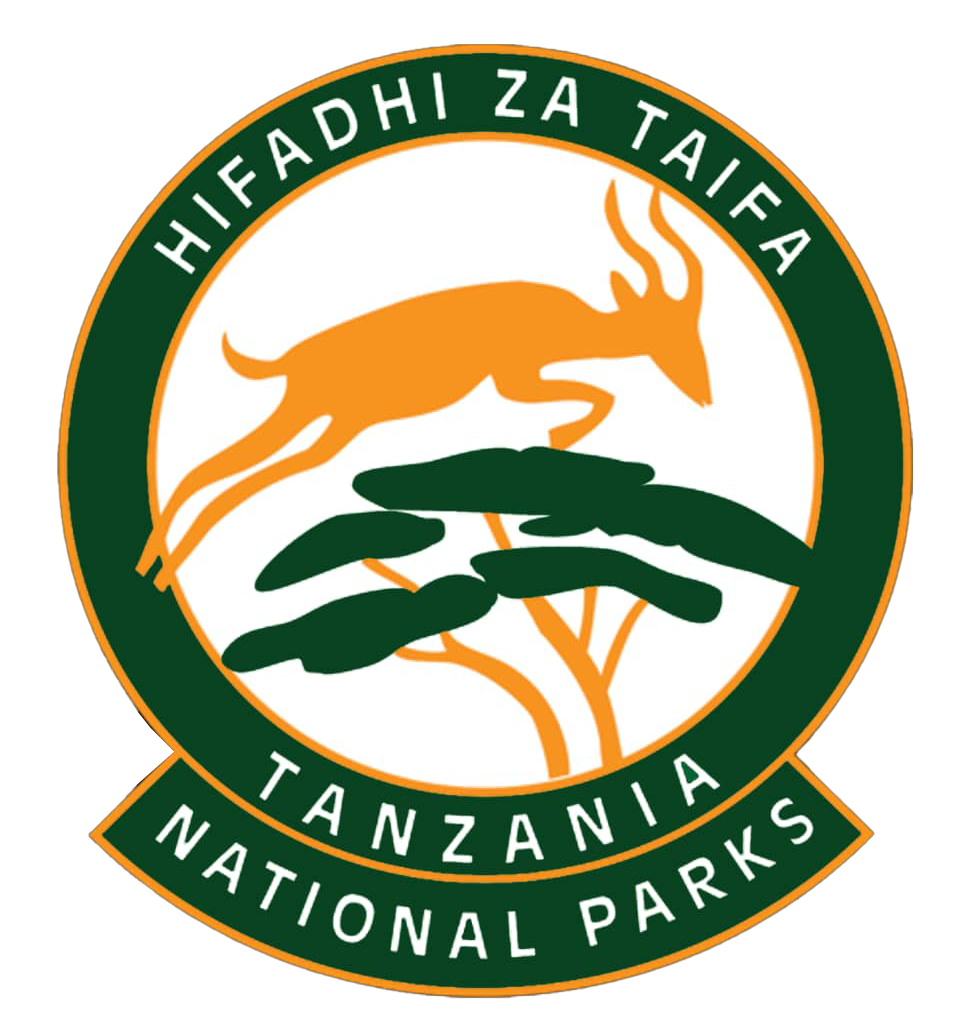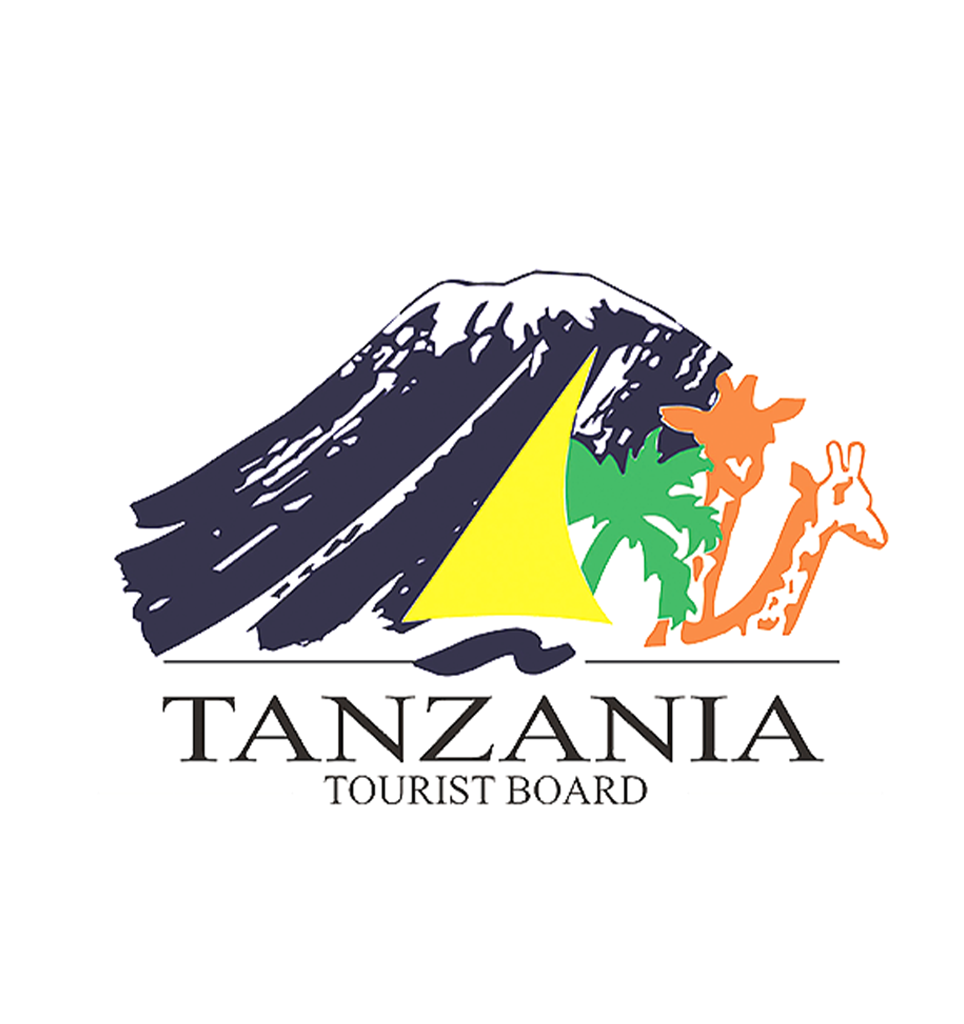Arrow Trekking and Safaris – Discover Africa’s top safari destinations with expertly crafted itineraries.
Overview
Lake Manyara National Park is a stunning wildlife sanctuary located in northern Tanzania, nestled at the base of the Great Rift Valley escarpment. Though relatively small (about 330 sq. km, with two-thirds covered by Lake Manyara), the park boasts diverse ecosystems, including lush groundwater forests, open savannas, acacia woodlands, and alkaline wetlands. This varied landscape supports a rich array of wildlife, making it a must-visit destination for nature lovers and safari enthusiasts.
The park is famous for its tree-climbing lions, a rare phenomenon where lions rest on tree branches, providing spectacular sightings. It is also home to large elephant herds, zebras, giraffes, hippos, and countless baboons. Lake Manyara itself attracts thousands of flamingos and over 400 bird species, making it a paradise for birdwatchers. Its accessibility—just a 2-hour drive from Arusha—makes it a perfect day-trip destination or a stopover on the way to Serengeti or Ngorongoro. Whether you’re seeking a classic game drive, a canoe safari (seasonal), or an immersive treetop canopy walk, Lake Manyara offers a unique safari experience in a compact, scenic setting.
Geography and Ecosystems of Lake Manyara National Park
Lake Manyara National Park lies at the base of the Great Rift Valley escarpment, covering 330 sq. km, with Lake Manyara itself occupying two-thirds of the area. The park’s diverse ecosystems include groundwater forests, home to elephants, baboons, and leopards, and acacia woodlands, where giraffes, zebras, and tree-climbing lions roam. The open savannas and grassy floodplains provide grazing grounds for antelopes and buffaloes, while the alkaline lake and wetlands attract thousands of flamingos, pelicans, and hippos. This variety of landscapes makes Lake Manyara a scenic and wildlife-rich safari destination.
Climate & Seasons
Lake Manyara National Park has a tropical climate with warm temperatures throughout the year. The park’s altitude ranges from 960 to 1,500 meters (3,150 to 4,920 feet), which keeps the climate moderate and pleasant compared to lower-lying areas.
Daytime temperatures typically range from 25–30°C (77–86°F), while nights can be cooler, especially in the dry season. The park experiences two rainy seasons: short rains (November–December) and long rains (March–May), bringing lush greenery and an abundance of birdlife. The dry season (June–October) sees little to no rainfall, making it ideal for game viewing as animals gather around water sources. Despite seasonal variations, Lake Manyara remains a great year-round safari destination.
Dry Season (June – October) – Best for Wildlife Viewing
The dry season is the most popular time for visiting Lake Manyara, as the sparse vegetation and lack of rainfall make it easier to spot wildlife. With water sources drying up, animals concentrate around the remaining waterholes and Lake Manyara itself, increasing the chances of seeing elephants, giraffes, zebras, and the park’s famous tree-climbing lions. The days are typically warm and sunny, with temperatures ranging from 25–30°C (77–86°F), while the nights can be cool, especially near the Rift Valley escarpment. This season also sees more tourists, as it aligns with peak travel periods in Tanzania, leading to higher accommodation prices and busier safari routes.
Short Rainy Season (November – December) – A Refreshing Green Landscape
The short rainy season brings light and intermittent showers, usually in the afternoons, without disrupting safaris. The rainfall rejuvenates the landscape, turning the park into a lush, green paradise with fresh grass, making it an excellent time for photography. Wildlife remains abundant, and migratory birds arrive, making this a prime season for birdwatching. Since this period falls between peak tourist seasons, there are fewer visitors, providing a more peaceful and exclusive safari experience.
Long Rainy Season (March – May) – Green Season & Best for Birdwatching
This is the wettest period, with heavy and prolonged rainfall that transforms the park into a vibrant, green oasis. The abundant water sources mean animals disperse more, making wildlife spotting slightly more challenging. However, this is the best season for birdwatching, as the park is filled with migratory birds, and many animals give birth, attracting predators. The mist-covered escarpments and blooming flowers create breathtaking scenery, making it a great time for photographers. Another advantage is the low number of tourists, leading to a quieter and more budget-friendly safari experience, as many lodges offer discounts during this season. Though some roads may become muddy, safaris are still possible, and the rains usually come in heavy bursts rather than all day long.
Best Activities in Lake Manyara National Park
Game Drives – Spot Tree-Climbing Lions & Elephants
Game drives in Lake Manyara National Park offer exceptional wildlife viewing, with opportunities to see large elephant herds, zebras, giraffes, and the famous tree-climbing lions resting on acacia branches. The diverse landscapes, from lush forests to open savannas and lake shores, create an exciting safari experience with a variety of animal sightings.
Birdwatching – A Paradise for Bird Lovers
With over 400 bird species, Lake Manyara is a birdwatcher’s paradise. The alkaline lake attracts thousands of flamingos, creating a breathtaking pink spectacle, along with pelicans, cormorants, and storks. The forests and savannas also host colorful species like kingfishers, hornbills, and fish eagles, making this one of Tanzania’s best birding destinations.
Canoeing on Lake Manyara – A Unique Water Safari
During the wet season, visitors can explore the park by canoe, offering a rare chance to see wildlife from the water. Glide past hippos, buffaloes, and waterbirds, while enjoying the peaceful surroundings of the lake. This activity provides a different perspective on the park’s stunning landscapes and wildlife.
Cultural Tours & Walking Safaris – Experience Local Life
Guided walking safaris allow visitors to explore the park on foot, offering a closer look at the smaller details of the ecosystem, from insects to plants and bird species. Additionally, cultural tours to nearby villages provide an opportunity to learn about Maasai traditions, visit local markets, and experience authentic Tanzanian culture.
Best Activities in Lake Manyara National Park
Game Drives – Spot Tree-Climbing Lions & Elephants
Game drives in Lake Manyara National Park offer exceptional wildlife viewing, with opportunities to see large elephant herds, zebras, giraffes, and the famous tree-climbing lions resting on acacia branches. The diverse landscapes, from lush forests to open savannas and lake shores, create an exciting safari experience with a variety of animal sightings.
Birdwatching – A Paradise for Bird Lovers
With over 400 bird species, Lake Manyara is a birdwatcher’s paradise. The alkaline lake attracts thousands of flamingos, creating a breathtaking pink spectacle, along with pelicans, cormorants, and storks. The forests and savannas also host colorful species like kingfishers, hornbills, and fish eagles, making this one of Tanzania’s best birding destinations.
Canoeing on Lake Manyara – A Unique Water Safari
During the wet season, visitors can explore the park by canoe, offering a rare chance to see wildlife from the water. Glide past hippos, buffaloes, and waterbirds, while enjoying the peaceful surroundings of the lake. This activity provides a different perspective on the park’s stunning landscapes and wildlife.
Cultural Tours & Walking Safaris – Experience Local Life
Guided walking safaris allow visitors to explore the park on foot, offering a closer look at the smaller details of the ecosystem, from insects to plants and bird species. Additionally, cultural tours to nearby villages provide an opportunity to learn about Maasai traditions, visit local markets, and experience authentic Tanzanian culture.
FAQs
Lake Manyara is known for its tree-climbing lions, large elephant herds, and the stunning pink flamingos that gather along the shores of the alkaline lake. The park's diverse ecosystems also make it a great destination for birdwatching and scenic safaris.
Yes, most international visitors require a visa to enter Tanzania. Tourist visas can be obtained online, at Tanzanian embassies, or upon arrival at the airport. It’s advisable to check specific visa requirements based on your nationality before traveling.
The park is about 2.5–3 hours’ drive from Arusha (126 km/78 miles) and is accessible via road or domestic flights to the nearby Lake Manyara Airstrip.
Yes, Lake Manyara is often combined with safaris to Ngorongoro Crater, Serengeti National Park, and Tarangire National Park as part of the Northern Tanzania Safari Circuit.
Visitors are typically advised to get vaccinations for yellow fever (if traveling from a yellow fever-endemic country), typhoid, hepatitis A and B, and tetanus. Malaria prophylaxis is also recommended, as Tanzania is a malaria-endemic area. Consult your doctor for personalized advice.
Swahili is the official language of Tanzania, and English is widely spoken, especially in tourist areas. Learning a few Swahili phrases is appreciated and can enhance your cultural experience (greeting people with “Jambo” (hello) )
